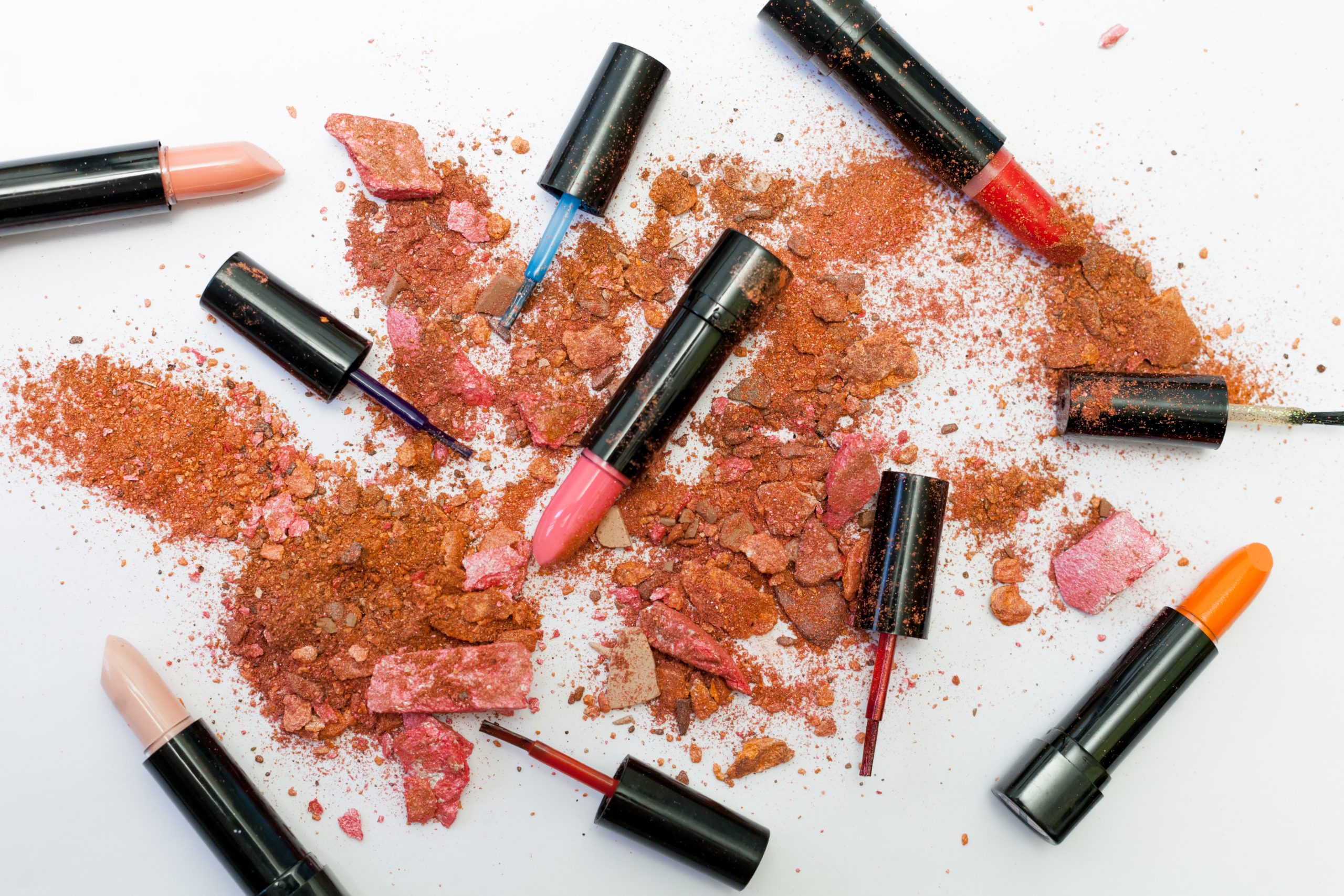3 Mins Read
Scooping the Sustainable Development Goals award at the Japan Prize 2021 ceremony, The Ugly Side Of Beauty has shone a light on the dark side of the cosmetics industry. Calculating the human cost of mica mining, demystifying supply chain demands, and exposing child labour practices, the documentary is a no-holds-barred look at one of the beauty sector’s best-kept secret.
Focussed on the excavation of mica, a shimmering mineral found largely in India, The Moving Visuals Co. film brought to light issues that had previously been overlooked. Mica mining has long been controversial due to connotations of child labour—but now, the full complexity of the practice is being exposed, including the subsequent cycle of poverty that traps workers and their families.
One of the most sought-after ingredients for makeup products, mica lends shimmer and sparkle to a host of everyday items. It is most commonly found in foundation, pressed powder, blush, and eyeshadow. It is used without prejudice though, meaning that it can be found in skincare, primers, lip gloss, and more.
The need for increased supply chain accountability
One of the goals of The Ugly Side Of Beauty is to encourage cosmetics brands to demand answers from their supply chain partners. Having joined the Responsible Mica Initiative (RSI), influential companies such as L’Oreal, Chanel, and Sephora have all pushed for greater transparency, but progress has been slow. Supply chain players have remained frustratingly tight-lipped, even in the face of growing demand to quantify traceable and ethical sources.

Facing increasing pressure from consumers to demonstrate ethical and sustainable operation, beauty brands have two choices: carry on as normal or invest in positive change. On the latter, differentiating between the two terms is essential, as they are not mutually exclusive. Mica mining can be done ethically, by paying workers a living wage and in safe locations, but that does not guarantee the sustainability of the mine itself. Likewise, operating in a way that extends and safeguards the natural mineral deposits doesn’t always include treating workers with dignity. It doesn’t preclude child labour concerns either.
Children as collateral damage
The film features harrowing images of young children picking up mica shards from abandoned mines, while their parents go inside. Without being able to afford their children’s education, families have little option but to work together within the cottage mica industry. At the behest of unscrupulous buyers who offer less than market value, multiple generations become trapped on one cycle of debt and labour bonds.
Earlier this year, UNICEF reported that the number of children employed in labour practices has risen for the first time in 20 years. It is estimated that 160 million individuals between the ages of 5 and 17 are now engaged in work, with 79 million experiencing hazardous conditions. While reports of this nature continue to highlight stark figures, the impact of film as a visual move is significant, driving home the message that more needs to be done about mica and child labour as a whole.
A focus on greater consumer education
Discussing the film’s award win, Galen Yeo, Creative Director at The Moving Visuals Co. said: “It’s nice to be recognised by the Japan Prize. There were some excellent productions around social and environmental issues in the running. This story highlights the fact that we have a lot to learn and do to make life more sustainable for the planet and its people.”
Sumita Gopal, Co-Producer of The Ugly Side Of Beauty concluded by reiterating the vital role we, as consumers, have to play in bringing about change: “It’s worth asking brands to be accountable, to ask questions about their supply chain, and for us to have more responsibility and engagement with what we buy all the time.”
The Ugly Side Of Beauty is currently streaming on CNA, YouTube and Netflix (in limited regions).
Lead image courtesy of Pexels.




